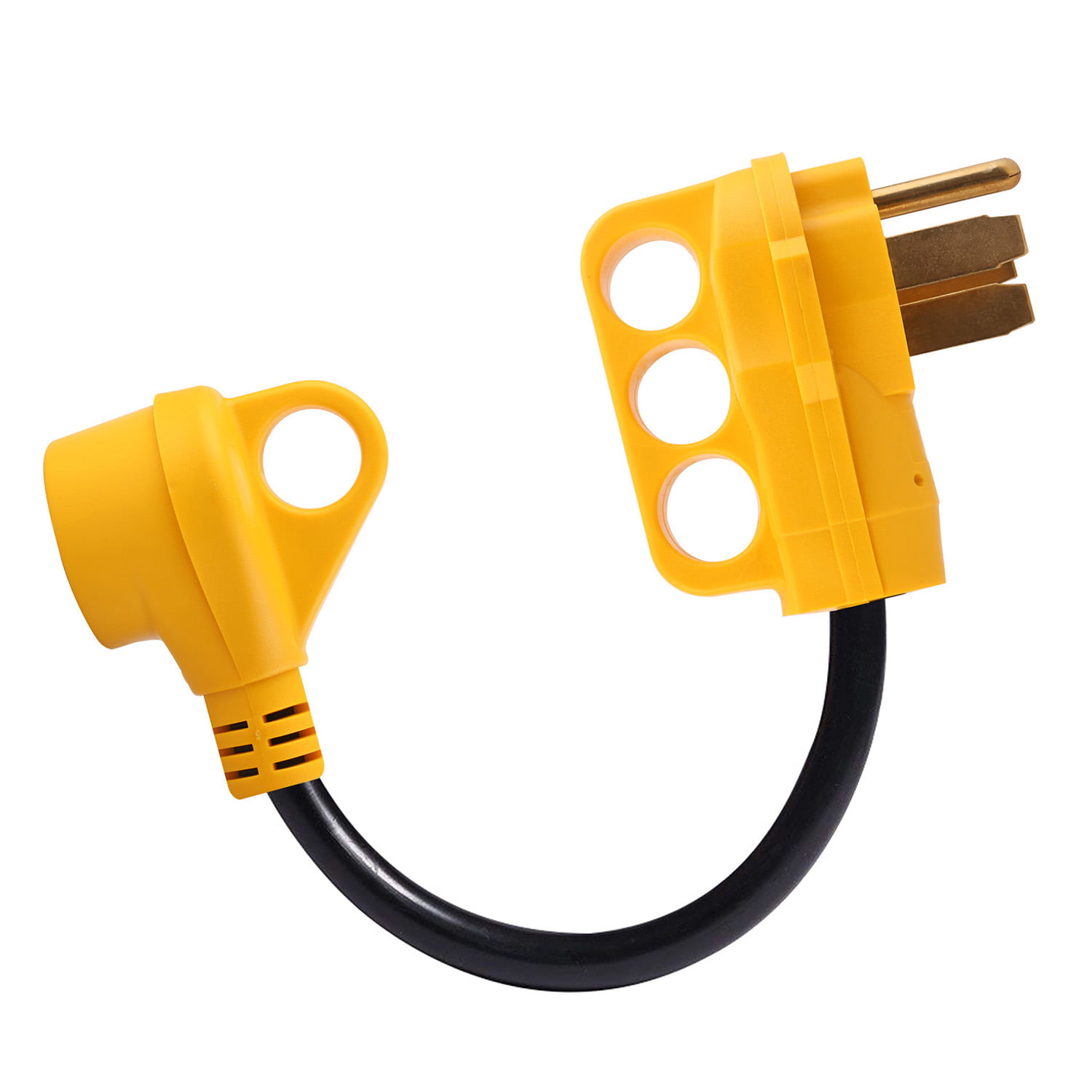

Next, check to see if the circuit is protected by a ground fault circuit interrupter (GFCI).It should range between 108 and 130 volts, preferably 120. Use a handheld multimeter to check voltage at the campground outlet. Begin by checking voltage at the outlet the RV is plugged into.Power converters require sufficient voltage input to operate. If you have some DIY skills you can perform basic troubleshooting on your power converter.
30 AMP POWER CONVERTER UPGRADE
These add convenience and many owners upgrade to inverter-type power supplies when replacement time comes. Some newer models combine an inverter, which provides 120 volt AC power that’s produced electronically from 12 volt DC battery power, when the coach isn’t connected to an outside source of electricity. Modern converters operate automatically and have become more efficient.
30 AMP POWER CONVERTER MANUALS
You can also look up the ratings in the manuals that come with the RV. Usually the make and model and power ratings are written on the case.

When it is powered up, it gives off a humming sound, which can help you locate it. Typically it’s a metal box a little bigger than a large box of facial tissues and is situated adjacent to the fuse panel, near where the wiring comes into the coach. Many owners don’t even know where their converter is located. One of the best things you can do for the life of your battery/ies is to familiarize yourself with the type of power converter you have in your coach.

Multi-stage power converter/chargers that have an equalization stage are needed for effective battery charging. When batteries are stored in a partially charged or discharged condition, and/or are improperly charged, sulfation occurs.īatteries are sensitive to charging voltages and require multiple charging stages to get a full, proper charge. Sulfation occurs when lead sulfate forms on the internal plates and reduces or even halts the battery’s ability to accept and hold a charge. It’s likely that the majority of RV batteries succumb to sulfation, rather than actually being worn out, or dying of old age. Related article: RV Battery Basics: A Beginner’s Guideīatteries have become quite expensive, and faulty charging by the converter can be both inconvenient due to loss of power, and costly in terms of ruining batteries. Modern multi-stage charging circuits typically include four operation modes: boost, normal, equalization and storage (or float).
30 AMP POWER CONVERTER FULL
Some converter models supply only a fixed voltage of around 13.2 volts, which prevents batteries from reaching full charge and also shortens their service life. They don’t have the sophisticated internal circuitry to properly charge and condition batteries. Many basic single-stage converters, typically found in older and lower-priced coaches, are still in use. This electricity supplied by the converter can take the place of the power from the batteries, and can also recharge them. When you are connected to campground power or running off a generator, the power converter changes the 120 volt AC power to 12 volts DC, which is compatible with the low-voltage electrical system and batteries. Top left: Parallax Series 7300 top right: Iota Engineering DLS Model bottom left: Progressive Dynamics Model PD9250c bottom right: Xantrex Truecharge 2-40a


 0 kommentar(er)
0 kommentar(er)
